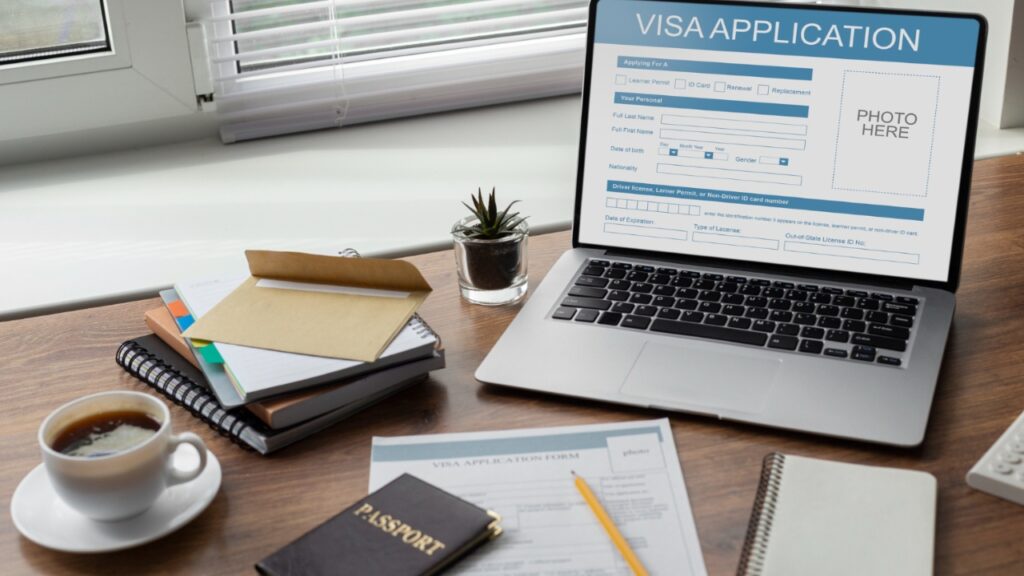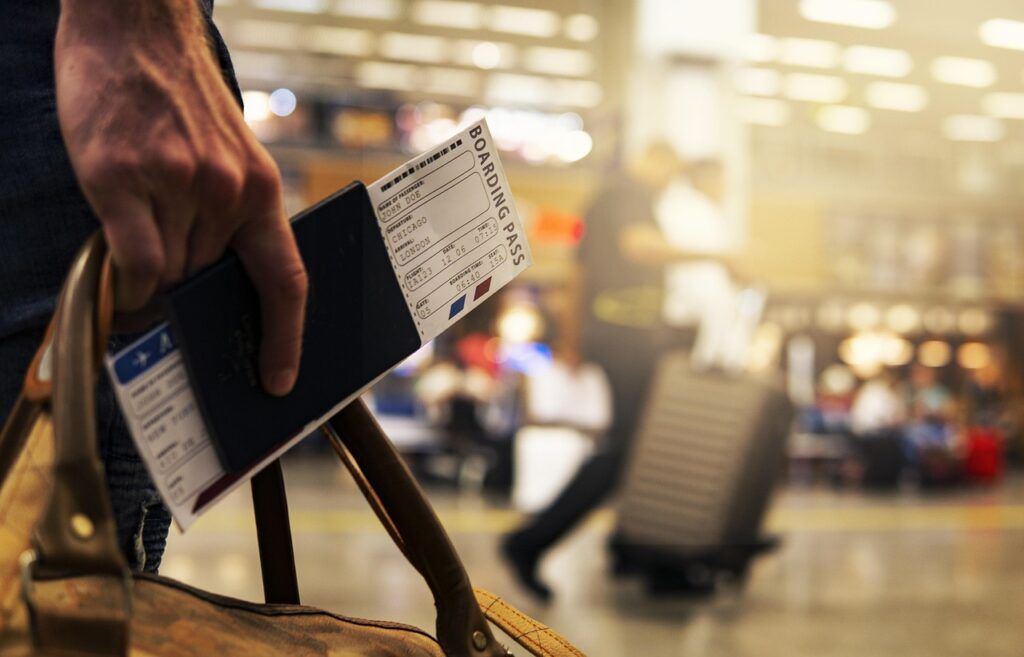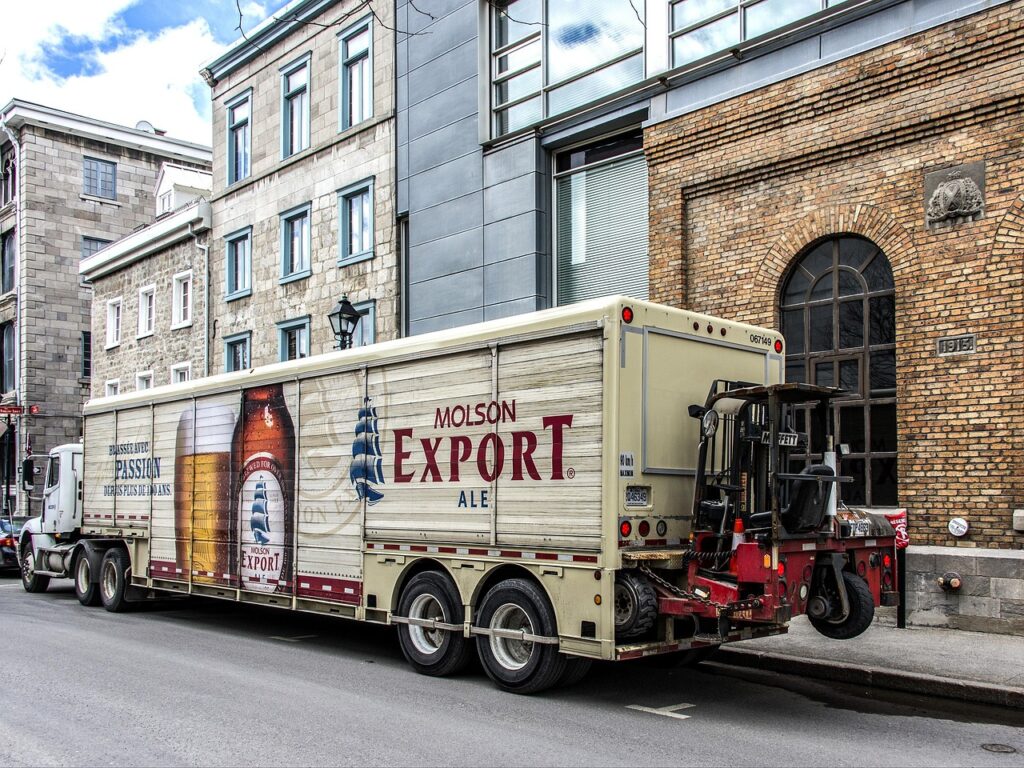We may earn money or products from the companies mentioned in this post. This means if you click on the link and purchase the item, I will receive a small commission at no extra cost to you ... you're just helping re-supply our family's travel fund.

Travel is, at its heart, about connection and discovery. But the practical realities of budgeting are an undeniable part of every journey. With proposals for new fees and tariffs that could reshape the cost of visiting the United States, understanding these potential changes is essential. This is not about politics; it is about smart planning. Think of this as your guide to navigating the potential new terrain with confidence, ensuring your focus remains on the rich experiences that await, not on unexpected costs.
1. The Proposed “Visa Integrity Fee”

For many international visitors, the cost of entry could rise significantly. A proposed $250 “visa integrity fee” would apply to anyone applying for a U.S. non-immigrant visa, including tourists, students, and business travelers. This would be in addition to the existing $185 application cost, bringing the potential total to $435 per person. This would affect visitors from countries not in the Visa Waiver Program, such as India and Brazil, adding a substantial new expense.
2. A Potential Hike for Visa-Waiver Travelers

Travelers from the 40-plus countries in the Visa Waiver Program would not be immune to fee increases under these proposals. The cost for the mandatory Electronic System for Travel Authorization (ESTA) could nearly double, rising from $21 to a proposed $40 per traveler. While less dramatic than the new visa fee, this would be a notable increase for millions of visitors who rely on this streamlined entry system, adding to the overall cost of a trip for a family or group.
3. A Quadrupled I-94 Arrival/Departure Fee

Another proposed cost increase would affect the Form I-94, the electronic record of arrivals and departures for many international visitors. The fee for this essential form would quadruple under the plan, jumping from a modest $6 to $24. While it may seem like a small component of your overall trip budget, it would be part of a broader trend of rising administrative costs for travel to the United States that could add up, especially for frequent visitors.
4. Understanding the Proposed Tariff Landscape

Beyond direct fees, a proposed “baseline tariff” of 10% on most imported goods could have a ripple effect on the prices you see in U.S. stores. This import tax is paid by companies bringing foreign products into the country, and that cost is often passed directly to the consumer. This means everyday items you might purchase during your trip, from clothing at a department store to a bottle of imported wine, could become noticeably more expensive.
5. Potentially Higher Prices on European Goods

The trade relationship with the European Union could see a specific 15% tariff on many goods, including cars and other popular products. For a traveler, this could translate directly to your experiences. The German rental car you drive down the coast, the French champagne you order to celebrate, or the Italian leather souvenir you buy could all carry a higher price tag as American businesses adjust to the increased cost of importing these classic European luxuries.
6. Navigating Proposed Tariffs on Canadian Goods

Our closest neighbor and largest trading partner could face a significant 35% tariff on many goods entering the United States. While the North American free trade agreement would exempt some products, this broad new tariff would inevitably raise costs for American businesses and, consequently, consumers. This could affect everything from the price of food products in grocery stores to the cost of manufactured goods, adding an undercurrent of inflation that visitors would feel.
7. Your Souvenirs Might Cost More

The proposed tariff structure would include higher rates for goods from major manufacturing hubs, with potential rates of 20% on Vietnamese goods and 19% on Indonesian products. Global brands like Nike and Adidas, which produce heavily in these countries, have indicated that U.S. prices would likely rise. This means the sneakers, clothing, or toys you plan to buy as gifts or souvenirs would almost certainly cost more as these import taxes are passed on to you.
8. The Potential End of the $800 Duty-Free Exemption

A proposed rule change with a significant impact on shoppers would be the end of the “de minimis” exemption, which has allowed up to $800 worth of goods to be imported by an individual tax-free. This has been particularly popular with international travelers who enjoy shopping from e-commerce sites and having packages delivered to their U.S. hotel. The removal of this exemption would mean that even smaller purchases from abroad would be subject to import taxes.
9. The Ambiguity of a Potential Refund

Officials have suggested that the proposed $250 visa integrity fee could be refundable after a traveler departs the U.S. in full compliance with their visa terms. However, the process for claiming this refund has not been defined, leaving travelers with no clear system or timeline. This uncertainty could deter some visitors who are hesitant to pay a significant upfront fee without a clear guarantee of its eventual and timely return.
10. The Wisdom of Flexible Budgeting

The most crucial takeaway for any traveler is the need for flexibility. A new administration could introduce these or other policy changes with little notice. When planning a future trip to the U.S., it would be wise to build a larger contingency fund into your budget than you might have in the past. This financial buffer will help you absorb any unexpected price increases or new fees without adding stress, allowing you to travel with confidence.